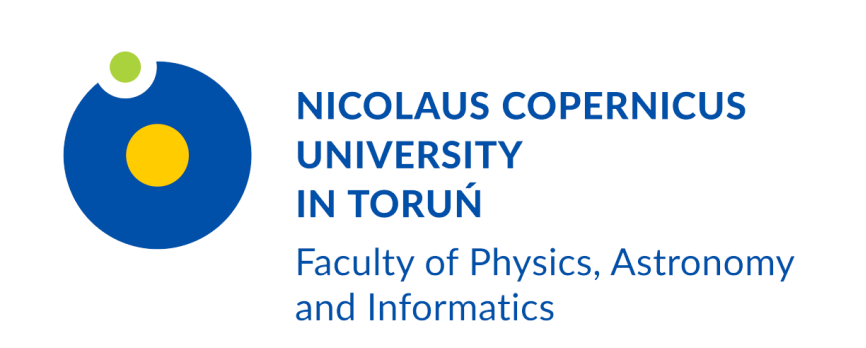 The 32m precise parabolic antenna, designed by Z.Bujakowski and his team and built in Poland, is fully steerable classical Alt-Az mounted Cassegrain. It’s main parabolic reflector is made of 336 panels, each with an accuracy better than 0.35 mm rms. The panels have been mounted and then adjusted to an accuracy better than 0.2 mm by classical laser based surveying technique. The final accuracy of the surface is therefore limited by the quality of individual panels. The construction of dish backing-structure is stiff and based on the homological principle. The gravitational deviation from the parabolic shape has been designed to be 0.14 mm rms. The position of the 3.2 m subreflector is continuously adjusted to conform to the homological deformation of the dish.
The 32m precise parabolic antenna, designed by Z.Bujakowski and his team and built in Poland, is fully steerable classical Alt-Az mounted Cassegrain. It’s main parabolic reflector is made of 336 panels, each with an accuracy better than 0.35 mm rms. The panels have been mounted and then adjusted to an accuracy better than 0.2 mm by classical laser based surveying technique. The final accuracy of the surface is therefore limited by the quality of individual panels. The construction of dish backing-structure is stiff and based on the homological principle. The gravitational deviation from the parabolic shape has been designed to be 0.14 mm rms. The position of the 3.2 m subreflector is continuously adjusted to conform to the homological deformation of the dish.
There are four azimuth drives each containing two AC motors and two gear boxes, and two elevation drives each with one gear box but with two AC motors. The complex scheme was chosen to ensure very smooth tracking by having opposed motors working in antibacklash mode. The telescope can point with absolute accuracy of 0.005 deg and can track celestial objects with accuracy of 0.002 deg. Receivers covering the bands 1.4, 1.6, 5 and 6.8 GHz are mounted simultaneously in the vertex cabin. All input amplifiers and waveguides are cooled down to 15 and 50 K respectively. The achieved system noise of all receivers is around 30K.
Auxiliary equipment for the telescope consist of a Hydrogen Maser frequency standard (EFOS-15), a GPS TRAK timing receiver, a VLBA compatible and MkIV terminals, the PSPM2 broad band pulsar machine, a 16k channels digital autocorrelating spectrometer and a weather station.
The 32m antenna with its high quality auxiliary instrumentation provides Polish astronomers with the unique tool to study the Cosmos. The telescope is part of the European and world-wide network of interferometers – VLBI. It allows our antenna to be a part of the synthesis radio telescope which has an equivalent aperture size of ~10 thousand kilometres. This new instrument and the involvement of Polish radio astronomers into international co-operation resulted in the flowering of radio research. VLBI studies of distant galaxies and quasars, the search for new planetary systems around pulsars, the study of interstellar and stellar molecules are the subjects to be mentioned here. The importance of the Toruń 32m has been recognised by the astronomical community. The size of the antenna, geographic position (important extension to the east) and a highly professional team of scientists and engineers make the addition of Toruń the significant improvements to the European VLBI Network.
Radio astronomy is a very challenging area of modern research for a country like Poland. The instrument is intended for use by all Polish astronomers as a national facility.

 Piwnice k. Torunia, 87-148 Łysomice
Piwnice k. Torunia, 87-148 Łysomice







